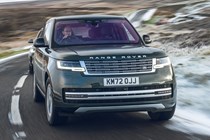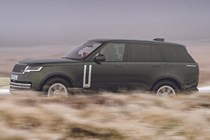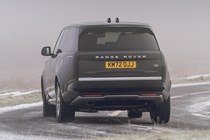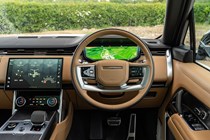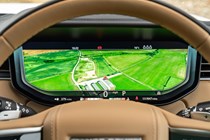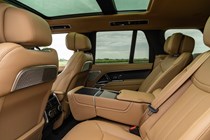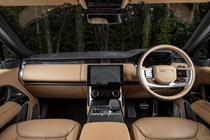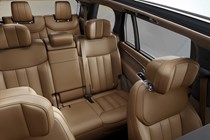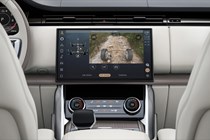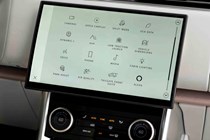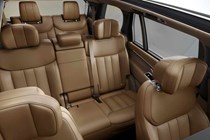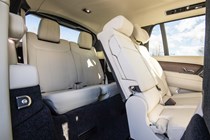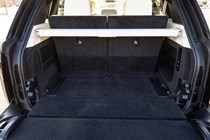
Range Rover running costs and reliability
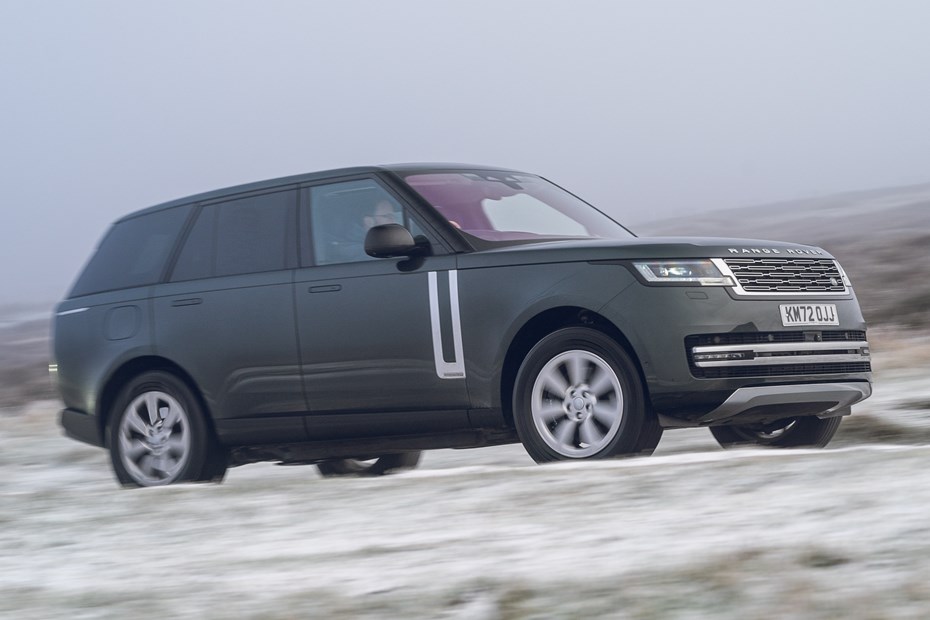
Miles per pound (mpp) ⓘ
| Petrol engines | 3.4 - 4.3 mpp |
|---|---|
| Diesel engines | 4.3 - 4.7 mpp |
| Plug-in hybrid petrol engines * | N/A |
Fuel economy ⓘ
| Petrol engines | 23.5 - 29 mpg |
|---|---|
| Diesel engines | 34 - 36.9 mpg |
| Plug-in hybrid petrol engines * | N/A |
- Diesel surprisingly economical in real-world driving
- All will be expensive to service
- Impressive battery range from PHEVs
What are the running costs?
There’s no escaping this – the Range Rover is going to be an expensive car to run. Servicing costs are likely to be lower than the equivalent Bentley Bentayga, but they’re still high. Fueling it will also be expensive, especially if you go for a petrol model. You’ll do well to see more than 20mpg out of the full-fat V8 P530, and around 25 from a six-cylinder mild-hybrid petrol.
The diesel is certainly less burdensome at the pumps, with 35mpg being a realistic real-world figure to aim for. On a gentle long-distance motorway run, we beat 40mpg – which is seriously impressive, given the car’s bulk and performance.
Both plug-in hybrid models are powered by a large 38kWh lithium-ion battery for a seriously long range for a PHEV. They offer around 40-50 miles of electric range in the real world and Land Rover says that three quarters of customers’ journeys could be driven on silent electric power during daily duties. Once you do run out of charge, economy is seemingly palatable. We did a long, mainly motorway drive with a flat battery and saw nearly 31mpg.
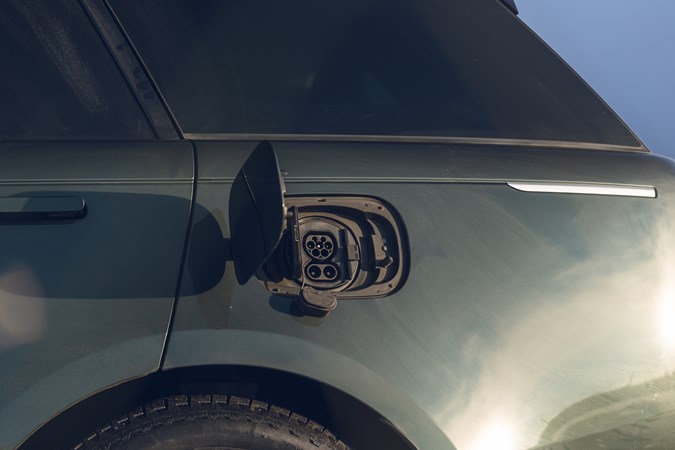
Unlike most contemporary plug-ins, the Range Rover can be fast-charged at up to 50kW DC, meaning it can be topped up in less than an hour (or five on a 7kW wallbox at home). It’s worth noting, however, that despite their impressive official fuel economy figures the plug-in hybrids may not save you much money – electricity is expensive these days, after all, and one ought to remember that the Range Rover’s hybrid battery is significantly larger in capacity than that of the fully-electric MINI.
View detailed MPG and CO2 figures on the Range Rover specs pages
Servicing and warranty
This is a luxury vehicle and you will need to budget for top-end prices when it comes to servicing and other costs, too. However, Land Rover’s fixed-price servicing plans help owners map out their future costs. It includes scheduled maintenance for five years or 50,000 miles, while there’s the option of going for a 75,000-mile plan.
All Range Rovers are sold with a three-year/60,000-mile warranty, which is probably as long as most finance agreements, but lags behind most of the opposition. Despite this, the Range Rover will remain highly desirable for many years to come on the used car market, which will keep resale values high.
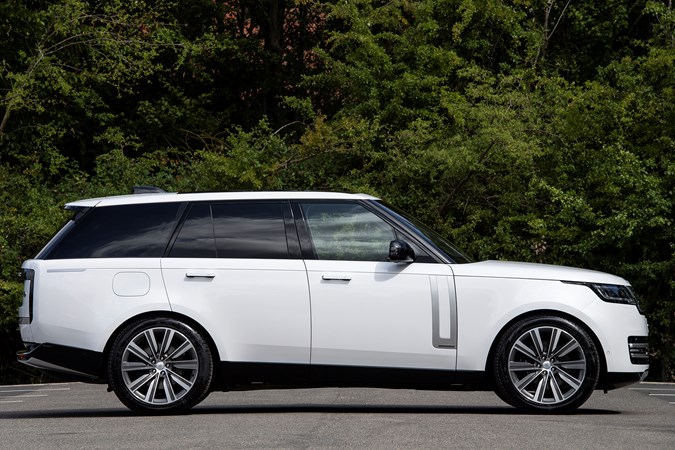
Reliability
- Land Rover’s reputation for reliability isn’t great
- Previous model had problems but owners love them
- The company assures us it’s turned the quality corner. Again.
Reliability is still Land Rover’s weakest link. In recent times, this image for a lack of dependability has been well deserved. Petrol and diesel models have suffered a myriad of problems, while electrical issues have also plagued the breed, and dealer service has been inconsistent.
There were some trim issues and minor electrical problems with the first Range Rover we tested, but we’ll put that down to early build issues for a car that’s so new off the production line. Subsequent loans have been trouble free, though.
But there are some signs that the company is getting its act together, with the interior quality better than the old Mk4 Range Rover. Despite its issues, the Mk4 was loved dearly by its owners – and we expect that will remain the case for the new car too. We’ll monitor the situation and keep you updated should any problems crop up.
Head on over to our owner’s review section to see what last-generation Range Rover has been like to live with.
Ongoing running costs
| Road tax | £590 - £600 |
|---|---|
| Insurance group | 50 |
Get an insurance quote with

|
|




